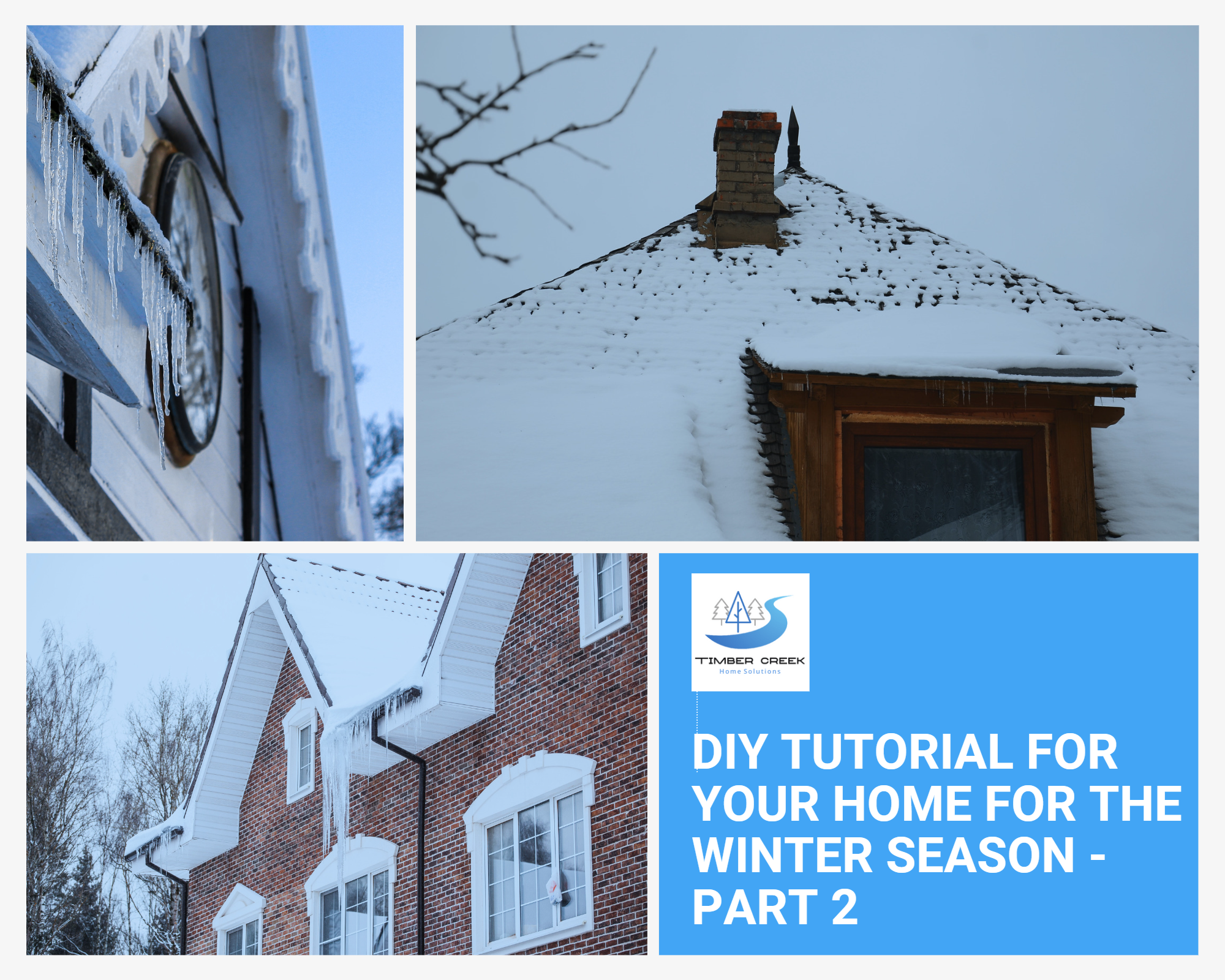How To Protect And Repair Your Roofing In Winter
Roofing is one of those things that homeowners tend to ignore until it needs to be fixed. The winter months are the most common time for roofing problems to occur. Many homeowners are unaware that their roofs can be repaired in the winter months if needed.
During the winter, most face the unpleasant prospect of a leaking roof. While some leaks may need to wait until spring, others are best addressed during the cold season when repairs can be made safely. Regardless if you have foreclosed homes in Omaha or are a first-time home buyer, you must ensure your roofing is in its prime condition before winter.
Get a roof inspection.
One of the most critical steps for winter roofing is getting a professional examination. It would help if you did not attempt to assess your own roofing, as it can be pretty complicated. A professional can accurately determine what needs to be done and prevent unnecessary repairs or replacement costs.
Check the attic.
The attic is an excellent place to start. Check the insulation if you have an attic. If it’s not warming your home enough in the winter, you may consider replacing it. It’s also worthwhile looking for any leaks in the roof that could be causing damage and other problems within your home.
Checking for mold and mildew is essential, too. Molds and mildew can cause respiratory issues if they develop in large quantities on your roof tiles or walls, so keep them cleaned off regularly. Pests can infest, and damaged structures can happen when mold and mildew are left unaddressed.
Patching up leaks.
Roof leaks can occur in winter due to various factors, including clogged gutters, ice dams, and damaged shingles. Ice dams happen when the snow melts and travels down the slope of your roof, then cools and refreezes at the eaves, creating ridges of ice that block water from leaving your roof. If your gutters become blocked with ice or leaves, they can’t rid your roof of excess water efficiently, which can cause back-up and leaks. Clogged gutters can also cause water to back up and seep under your shingles, causing structural damage to your home. Damaged shingles, cracked or missing shingles, and exposed roof decks are typical wintertime sources of roof leaks. If you notice a leak, the first thing to do is make sure it’s not coming in through an attic vent or other opening. If the source appears to be your roof, you want to identify and address the problem early before water damage occurs.
Ensure your roof is weatherproof by checking for leaks around the edges of your roof. If you find a leak, fix it immediately and use a roofing material appropriate for the area.
Prioritize the shingles.
The shingles on your roof are one of the most important parts of your home. They protect you from harsh weather and keep water out of your living space, so it’s important to replace them if they’re cracked or missing. If you can’t afford to replace them immediately, cover the damaged part with a tarp until you have time for repairs. In an extreme case where this is not possible, use plywood to cover up any holes until you can get new shingles put on after winter.
Fix the flashing.
The flashing is the metal that covers the roof. It protects it from water damage and is usually in the valleys of your roof, where it meets with walls, chimneys, or other structures. You should check this area for any damaged or loose flashing before winter arrives to avoid further damage to your home. If you need repairs done on your flashing, plenty of companies specialize in this type of work throughout the country, so there’s no need to worry about finding someone local.
You should fix your roof before winter sets in or during the winter. If you wait until spring, it will be harder to fix your roofing and could require two trips instead of one.






